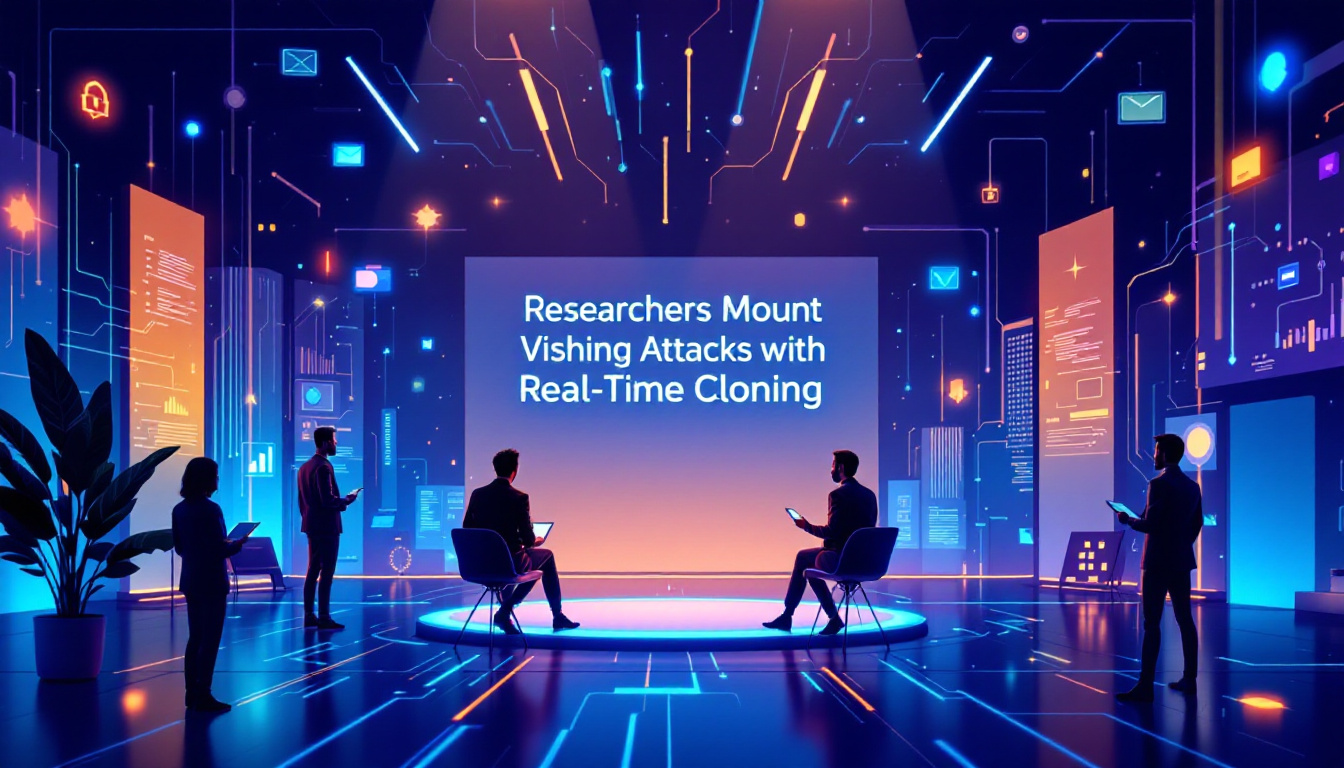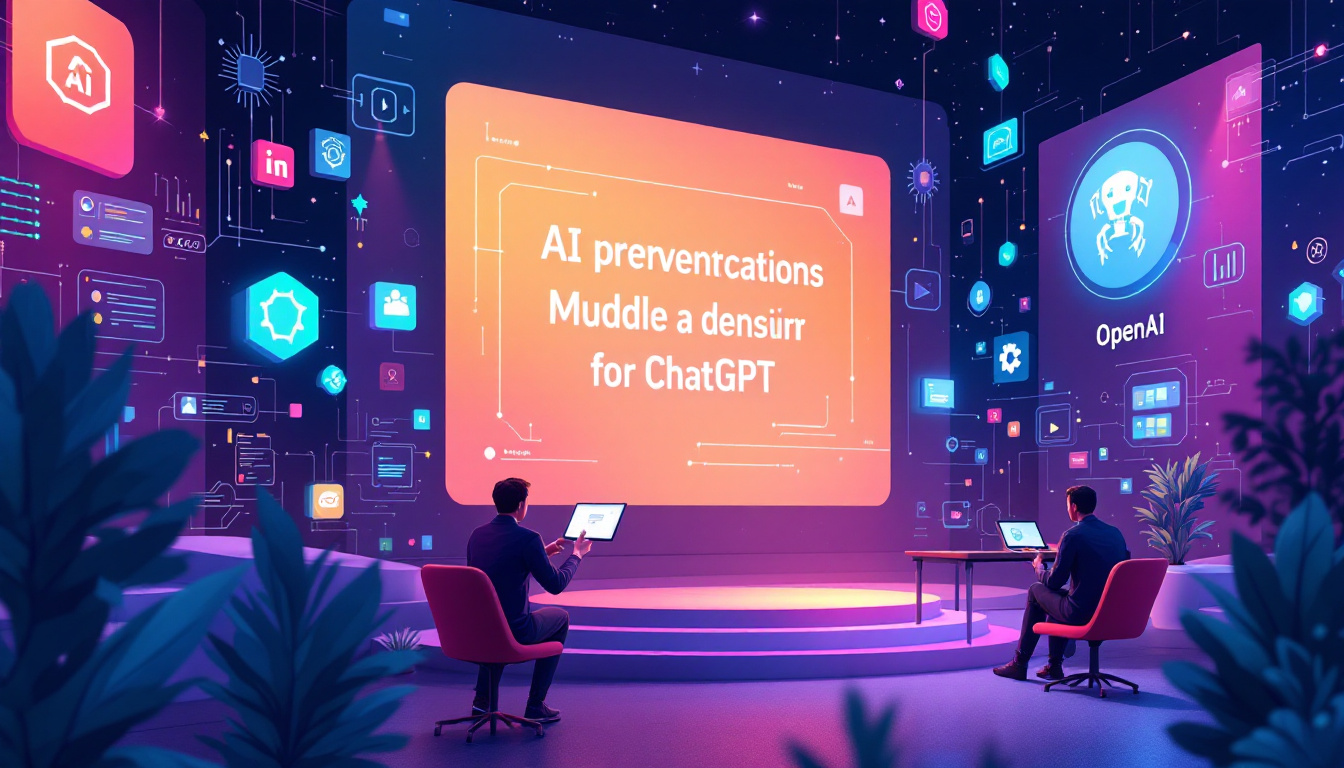Researchers Mount Vishing Attacks With Real-Time Voice Cloning
Picture this: your phone rings, and on the other end, you hear a voice you trust—your manager, a loved one, or even a government official. The voice is familiar, warm, and convincing. But what if I told you that voice wasn’t real? What if it was an AI, expertly cloned to sound exactly like someone you know? Welcome to the unsettling world of vishing, or voice phishing, powered by real-time voice cloning technology.
Vishing isn’t exactly new—scammers have been impersonating others over the phone for years. But the game is changing, and fast. Thanks to advancements in AI, researchers have demonstrated how easy it has become to clone someone’s voice in real time. The implications are both fascinating and deeply concerning.
What Is Vishing and How Does Real-Time Voice Cloning Work?
Vishing, short for voice phishing, is a type of social engineering attack where scammers use voice communication to trick victims into revealing sensitive information. Traditionally, it relied on skilled impersonators or pre-recorded audio. But now, AI-driven voice cloning takes this to a whole new level.
Using machine learning models like those based on Generative Adversarial Networks (GANs), researchers can create highly realistic voice clones with just a few seconds of audio data. Tools like ElevenLabs, Respeecher, and even open-source projects have made this technology accessible to almost anyone with basic technical knowledge. The cloned voice can then be used in real time, making it nearly impossible for unsuspecting victims to detect the scam.
How Real Is the Threat?
If you think this sounds like science fiction, think again. There have already been high-profile cases of AI-driven voice scams. For example, in 2019, a U.K.-based energy firm lost $243,000 when a scammer used AI to mimic the CEO’s voice, instructing an employee to transfer funds to a fraudulent account. And that was years ago—imagine how much more sophisticated the technology has become since then.
More recently, researchers from several cybersecurity firms have conducted controlled experiments, successfully cloning voices in real time and using them in mock vishing attacks. These studies highlight how alarmingly easy it is to deceive people, especially when the cloned voice is paired with personal data harvested from social media or data breaches.
Why Is This Happening Now?
The rapid advancement of AI and machine learning has made this possible. Just a decade ago, voice synthesis required massive datasets and expensive computing resources. Today, the barriers to entry are much lower. Open-source AI models and cloud-based tools have democratized access, allowing even small-time attackers to create convincing voice clones.
Another factor is the sheer volume of personal data available online. Social media platforms, podcasts, and even webinars are treasure troves for scammers looking to capture voice samples. Combine this with the increasing sophistication of AI, and you have the perfect storm for vishing attacks.
How Can You Protect Yourself?
So, what can you do to stay safe? Here are some practical tips:
- Verify before acting: If you receive an unexpected call asking for sensitive information or money, hang up and call back using a trusted number.
- Use multi-factor authentication (MFA): Even if someone gains access to your accounts, MFA can act as an additional layer of security.
- Stay cautious with your voice data: Be mindful of where and how your voice is being recorded, especially in public forums or social media.
- Educate your team: If you’re in a workplace, consider training employees to recognize and respond to potential vishing attempts.
Additionally, organizations can invest in AI detection tools that analyze voice patterns to distinguish between real and synthetic audio. Companies like Pindrop and Deepgram are already working on such solutions.
Final Thoughts
The rise of real-time voice cloning is both a technological marvel and a potential nightmare. On one hand, it showcases the incredible progress we’ve made in AI. On the other, it highlights the urgent need for vigilance and ethical considerations. As these tools become more accessible, it’s up to individuals, organizations, and policymakers to stay ahead of the curve.
So the next time you hear a familiar voice on the other end of the line, don’t just trust your ears—trust your instincts. After all, in the age of AI, what sounds real may be anything but.


